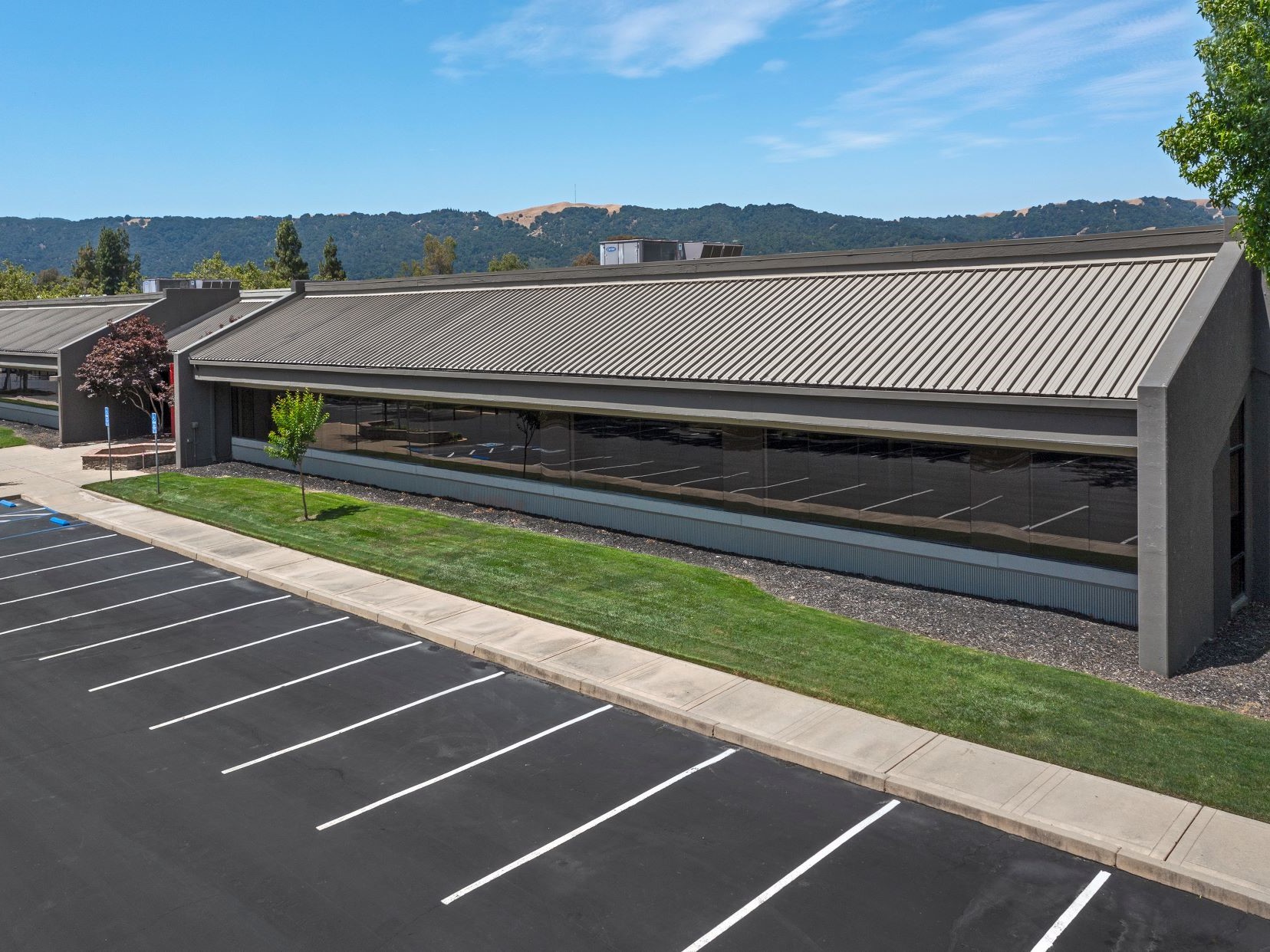Tenant Reps Say Sluggish Economy Means Changes in How They Handle Clients
Faced with a sluggish economy, tight credit environment and softening office leasing market, tenant representation brokers say their roles have been changing in recent months. Several brokers on both coasts told CPN they are increasingly taking on advisory roles as they help clients manage their space needs and expenses.“There has been a significant amount of…
Faced with a sluggish economy, tight credit environment and softening office leasing market, tenant representation brokers say their roles have been changing in recent months. Several brokers on both coasts told CPN they are increasingly taking on advisory roles as they help clients manage their space needs and expenses.“There has been a significant amount of what I would call hand-holding and advisory services in guiding our tenants on the choices available should they need to make a decision,” said Marc Miller, executive vice president at Winoker Realty Company, a privately-held, mid-size commercial real estate management and leasing firm in Manhattan.Miller said all firms, even those that are expanding, are trying to mitigate expenses. “We’re having some very interesting conversations with clients in terms of whether they should be expanding in place and renew or relocate to a side street or go south a bit and try to save money,” he said.He said some clients are being more flexible and taking risks in deciding on where to rent and saving money by doing so. Miller cited a law firm client that needed space in Midtown. Miller said Winoker brokers showed the firm a prewar loft building on a side street across from the New York Times building at 620 Eighth Ave. “They took two floors, got two terraces and saved $18 a foot,” he said. “You have to take a risk that the tenant might not like it. This turned out to be a home run.”Miller said one trend he has noticed has been increasing opportunities in the sublease market. “When recessionary language starts to buzz, sublet space becomes more than a trickle on the market,” he said, adding that he arranged a $65 per square foot sublease in the U.S. Trust Building at 114 W. 47th St., for a client that had relocated from a Midtown building where the firm was paying over $100 a foot. The Grubb & Ellis Inc. second quarter “Office Market Trends” report for New York City noted that tenants had placed more than 1.5 million square feet of sublease space back on the market since the beginning of the year. Grubb & Ellis said the overall vacancy rate in Manhattan rose 70 basis points from Q1 to Q2, the largest one-quarter jump since just after 9/11. In Manhattan, second-quarter vacancy rates ranged from 4.9 percent in Midtown to 7.2 percent in Downtown Manhattan. Rents are expected to remain flat for the rest of the year. In California, brokers said they are also offering more advisory services to their clients – often that means helping the tenant decide between free rent and improvements being offered by more landlords. “We’re starting to see free rent in the picture. We haven’t seen that phenomenon in six or seven years,” Steve Holland, first vice president with the tenant representation group for CB Richard Ellis Inc. in the San Diego region, told CPN. Holland said he’s seen landlords offering 10-year deals with up to one year of free rent.When the office leasing market was hot and landlords were in the driver’s seat, tenants typically had to absorb turnkey improvements when moving to new space or taking additional square footage. Now landlords are offering to pay for improvements and giving free rent. “The landlords are being a lot=2 0more aggressive, a lot easier to deal with,” Holland said. Further north in Orange County, Randolph Mason, senior vice president with Lee & Associates Commercial Real Estate Services in Irvine, Calif., has seen the same trend and has been busy helping tenants get the best concession deals possible. “Three years ago, a landlord would say ‘we’re not doing anything other than carpet and paint. If you want anything else, you will have to pay for it.’ Free rent was non-existent. It’s changing,” he said.In hard economic times, the brokers said tenants are watching their bottom lines very closely and are now more interested in building expenses and how that affects them. Brokers like Mason are educating them about the costs of electricity, maintenance and janitorial services, which is particularly important to triple net paying tenants. “As brokers, we’re trying to help them understand the expenses specifically of the buildings, trying to negotiate the expense pass-throughs or get a cap on those pass-throughs,” he said.The office leasing market is particularly challenging now in Orange County, where many of the subprime mortgage lenders and other housing and financial services companies had offices. Higher energy costs and new office inventory hitting the market just as the housing sector was imploding and the credit market was tightening have exacerbated the market in Orange, Mason said. The second-quarter Office Market Trends report from Lee & Associates noted that the overall vacancy rate had climbed to 13 percent by the middle of the year compared to 8.4 percent at the same time in 2008. The Class A vacancy rate was 19 percent vacancy rate for Q2 2008 up from 9.8 percent the previous year and Class B came in at 13 percent, versus 8.8 percent in the second quarter of 2007. Approximately 4 million square feet came back on the market from newly completed projects and give-back space from downsizing tenants, according to the report.Mason said he is also seeing more short-term leasing deals being done as both tenants and landlords want to see if the economy improves before they lock into a long-term lease. That’s different than in past years when not only would a client sign a long-term lease, the client would lease up for 20 to 30 percent more space than they needed at that time because they knew they would need to expand before the lease ran out.In San Diego, 3 million square feet of new office construction hit the market last year and another 1.3 million is under currently construction, Holland said. “Our research group projected the vacancy rate will increase to 18 percent by the end of the year from16 percent,” he noted, adding that the overall availability was at 23 percent. Adding to San Diego’s problems is an unemployment rate of 5.9 percent, the highest the region has seen in 12 years, Holland said.The glut of office space has led landlords to focus on keeping tenants by beginning lease renewal negotiations two to three years before the end of the current lease, he said. “Part of the challenge I have with my clients is is now a good time to do an early lease renewal or wait awhile to see if the market deteriorates. That’s the kind of conversation I’m having with my clients. Companies are really looking for advice. They want to know what is your strategy. What’s going to happen two to three years down the line?”Holland said some of his clients think the market has hit bottom, but he doesn’t. Still for those companies who are looking for space, this is the time to do it. In addition to incentives like free rent and tenant improvement concessions, some average asking rents are dropping for Class A properties providing opportunities for companies in Class B space to move up, he said. “If you have a need now, this is the time to get out into the markets,” Holland said.






